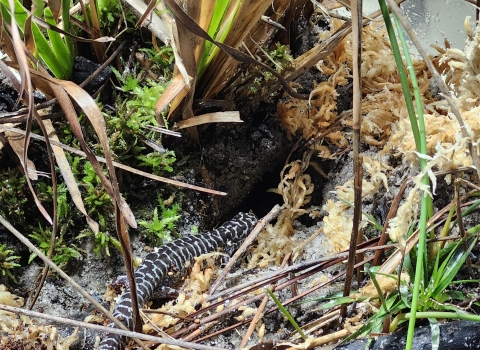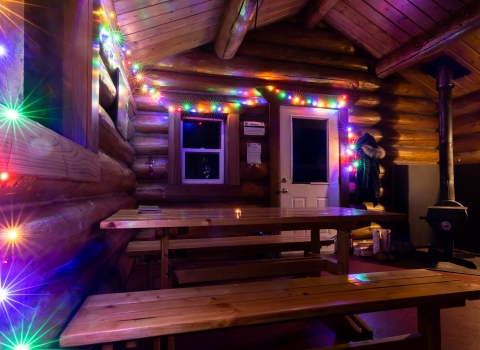Birds are a national treasure, one shared with neighboring countries well beyond our own continent. Nearly 1,000 different kinds of wild birds call the United States their home at some part of the year. Sadly, 74 of those species are considered endangered or threatened, and nearly 150 have been named "Birds of Conservation Concern" due to their small distribution, declining populations, or the high threats they face.
There are short-term conservation advances to celebrate, though, as the recently released "State of the Birds" report for the United States demonstrates that strategic land protection and management can and has reversed declines of certain birds groups such as ducks and geese. Thanks to the environmental movement that Rachel Carsons controversial book, "Silent Spring," helped spur to ban chemicals like the devastating DDT, bird songs still usher in the promise of spring, despite a myriad of challenges facing birds today.
Now we are dealing with a new problem more insidious, threatening public support for successful conservation programs of today. What if while a new generation of birds still sing, but the younger generations of Americans doesnt stop to listen, and doesnt even care?
Our planet is now home to the most technologically connected generation in the history of the world, yet increasingly disconnected from the rhythms of nature. They are connected to the Internet, text messages, and 300 TV and cable channels, but disengaged from the natural rhythms of the world around them. Growing up not on farms, but coming of age in exurbs, suburbs, and cities, our youngest Americans are attuned to modern distractions unimaginable a generation ago. Today, diversions are inescapable and overwhelming. Self-congratulatory contraptions to uplink and download instant gratification on I-pods, I-phones, Facebook, You Tube, and MySpace, keeps us glued to the technology and precludes our gaze out the window, down the stream, or across a meadow to appreciate and better understand the natural world.
But as evidenced by their turnout in the last national election, this highly-connected generation can rally together and move in one direction with speed and efficiency unknown in recorded history. Culturally relevant, and economically powerful, this 18-30-year-old set has a proven ability to influence national movements and affect the direction of our nation in a profound way. If this generation can become more aware of and concerned with loss of birds, other wildlife, and their habitats, perhaps literal mountains may not be moved, but large swaths of critical native landscapes could be saved and properly managed. The benefits to both wild birds and connected people would truly be something to tweet and Twitter about.
On any spring morning this year, disconnect figuratively, if not literally, from your computer, try ogling a bird or natural scene, instead of googling on your screen. Perhaps first, though, e-mail a friend, and ask him or her to join you.
Hamilton is the U.S. Fish and Wildlife Service’s Southeast Regional Director and based in Atlanta, Georgia. To learn more about the conservation of wild places and wild things, please visit the website http:/www.fws.gov/southeast.
Photo of Sam Hamilton available at http://www.fws.gov/southeast/director.


